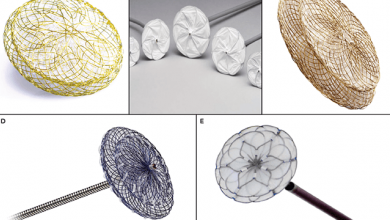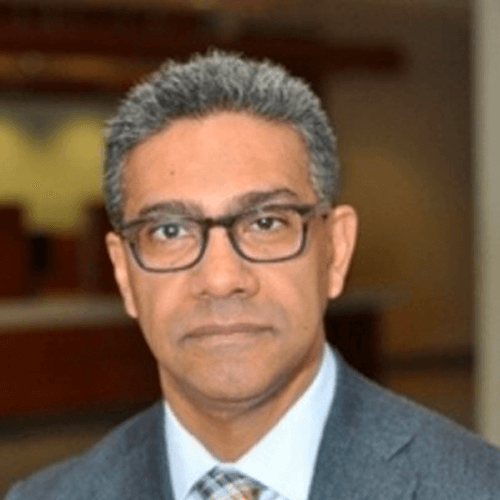Search results
Author(s):
Stefan Stortecky
,
Stephan Windecker
Added:
3 years ago
Cerebrovascular events are associated with high rates of morbidity and mortality and are considered the global second leading cause of death.1 The majority of strokes are ischemic, although the etiology remains unknown in a considerable number of patients,2 commonly referred to as “non-defined” or “cryptogenic.”3 Data from epidemiologic studies point towards a relevant association between the…
View more
Stroke Prophylaxis by Percutaneous Closure of Patent Foramen Ovale and Left Atrial Appendage
Author(s):
Antonio L Bartorelli
,
Claudio Tondo
Added:
3 years ago
Article
Author(s):
Joelle Kefer
Added:
3 years ago
Atrial septal abnormalities are common congenital lesions remaining asymptomatic until adulthood in a great number of patients. The most frequent atrial septal defects in adults are ostium secundum atrial septal defect (ASD) and patent foramen ovale (PFO), both approachable by transcatheter closure using device implantation. The first non-surgical ASD closure was performed in 1975 by Mills and…
View more
Frontiers of Patent Foramen Ovale Closure and New Design Improvements - A Review of the Literature
Author(s):
Raquel del Valle-Fernández
,
Carlos E Ruiz
Added:
3 years ago
Article
Author(s):
Joel P Giblett
,
Lynne K Williams
,
Stephen Kyranis
,
et al
Added:
3 years ago
Patent foramen ovale (PFO) is common and occurs in 20–34% of the population.1 In most infants, the foramen ovale closes soon after birth, with a reduction in pulmonary vascular resistance raising the left atrial pressure above that of the right atrium during the first few breaths, closing the septum. In a significant proportion of individuals, the primum and secundum atrial septa do not fuse, and…
View more
Author(s):
Joel P Giblett
,
Omar Abdul-Samad
,
Leonard M Shapiro
,
et al
Added:
3 years ago
Patent foramen ovale (PFO) is a common abnormality, occurring in 20–34% of the population.1 In the majority of infants, closure of the foramen ovale occurs soon after birth, as negative intrathoracic pressure associated with the first breaths closes the PFO. In some cases, the primum and secundum atrial septa fail to fuse and closure remains incomplete. There is continuing communication between…
View more
Lars Søndergaard
Research Area(s) / Expertise:
Author
Carlos Morillo
Author
Author(s):
Amit Bhan
,
Brian Clapp
Added:
3 years ago
The foramen ovale is an integral component of the fetal circulation, responsible for facilitating the flow of placental pre-xygenated venous blood from the right atrium to the left, thereby circumventing the quiescent developing lungs. Physiological closure is usually achieved after birth when pulmonary vascular resistance and right heart pressures reduce, resulting in the left atrial pressure…
View more
Author(s):
Lars Søndergaard
,
Pablo Lamelas
,
Won Keun-Kim
,
et al
Start date:
Nov 12, 2020
View more















